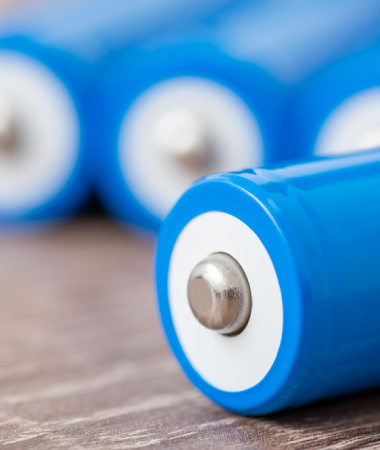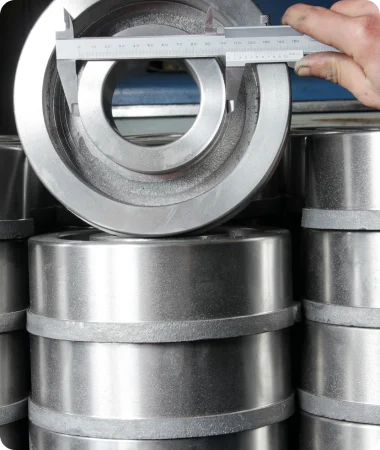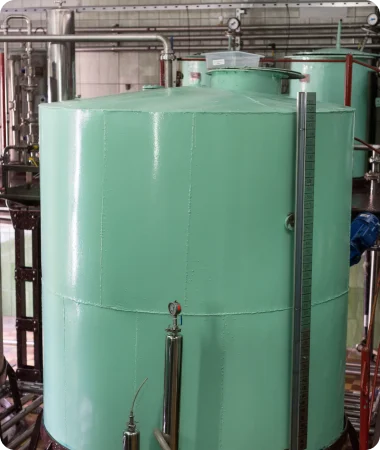About Nickel
Nickel has a rich history dating back over 2,500 years, with its earliest known use in ancient China, where it was utilized in various alloys. The metal gained prominence in the 19th century, particularly with the advent of stainless steel production, which revolutionized industries due to its corrosion resistance and durability. Nickel's unique properties have led to the development of numerous alloys, enhancing the strength and longevity of materials used in construction, manufacturing, the healthcare industry and everyday items.
Today, nickel is essential in various applications, with approximately 70% of its consumption dedicated to stainless steel production. This versatile metal is a very critical component in the realm of rechargeable batteries, especially in the booming electric vehicle (EV) market and advanced renewable energy storage systems. Nickel-cobalt-aluminium (NCA) and nickel-manganese-cobalt (NMC) batteries are at the forefront, admired for their high energy density and their crucial in the transition to sustainable energy solutions. Furthermore, nickel is used in plating and coatings, enhancing the durability and aesthetic appeal of automotive parts, electronics, and household items. It is also frequently used in the healthcare industry, especially in the manufacturing of medical implants, surgical instruments, and dental and orthodontic devices. Additionally, nickel has been historically significant in coinage, with many countries incorporating it into their currency systems.
The Democratic Republic of the Congo (DRC) plays a pivotal role in the global nickel landscape, being one of Africa's largest producers. The DRC is endowed with rich geological formations that contain high-grade nickel deposits, particularly in the Katanga region. Nickel mining significantly contributes to the DRC's economy, providing employment opportunities and generating national revenue through exports.
Globally, nickel production is approximately 2.5 million metric tons per year, with major producers including Indonesia, the Philippines, and Russia. The demand for nickel is estimated to be around 3 million metric tons, driven primarily by the stainless-steel industry and the burgeoning battery sector. Over the next five years, demand is projected to grow significantly, potentially reaching 4 million metric tons by 2025, fuelled by the increasing adoption of electric hashtag#vehicles. However, supply may struggle to keep pace, remaining around 3 million metric tons, leading to potential supply deficits and market volatility.
As industries continue to prioritize sustainability, the demand for responsibly sourced nickel is likely to increase, influencing market dynamics and production practices. The world of nickel is not only a testament to its historical significance but also a reflection of its critical role in shaping the future of technology and industry.

APPLICATIONS OF NICKEL













